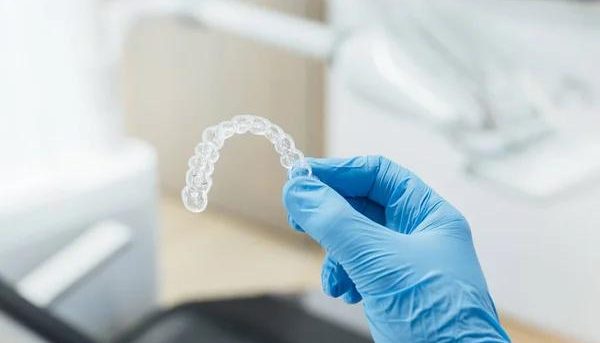Cosmetic dentistry and general dentistry are two essential branches of dental care, each serving unique purposes to maintain and enhance oral health. While they share some commonalities, their focus areas and objectives differ significantly. Understanding these distinctions can help individuals make informed decisions about their dental needs.
General dentistry primarily focuses on the prevention, diagnosis, and treatment of oral health issues. It encompasses routine procedures such as teeth cleaning, cavity fillings, root canals, extractions, gum disease management, and other treatments aimed at ensuring the overall health of teeth and gums. General dentists act as primary care providers for oral health; they emphasize maintaining functionality while addressing potential problems before they escalate into more severe conditions. Regular check-ups with a general dentist are crucial to preventing long-term complications like tooth decay or periodontal disease.
On the other hand, cosmetic dentistry is centered around improving the appearance of a person’s smile. This branch of dentistry involves elective procedures that enhance aesthetics rather than address medical concerns directly. Treatments in cosmetic dentistry include teeth whitening, veneers placement, bonding techniques to repair chipped or uneven teeth, orthodontic solutions like Invisalign for straightening misaligned teeth, and even full smile makeovers. While these treatments may sometimes have functional benefits—such as strengthening damaged enamel—their primary goal is to boost confidence by creating an attractive smile.
One key difference between the two fields lies in their approach to patient care. General dentists focus on treating existing conditions or preventing future ones from arising through regular maintenance practices like cleanings or fluoride applications. Cosmetic dentists take a find out more by clicking this link tailoring treatments based on individual preferences regarding how their smiles should look aesthetically.
Another distinction lies in training requirements; all licensed dentists undergo rigorous education in general dental practices during dental school but may pursue additional certifications or specialized training if they wish to practice cosmetic procedures extensively.
In conclusion, both cosmetic and general dentistry play vital roles in achieving optimal oral health but serve different purposes tailored to patients’ needs—functionality versus aesthetics. A balanced combination of both ensures not only a healthy mouth but also one that exudes confidence through an appealing smile.




